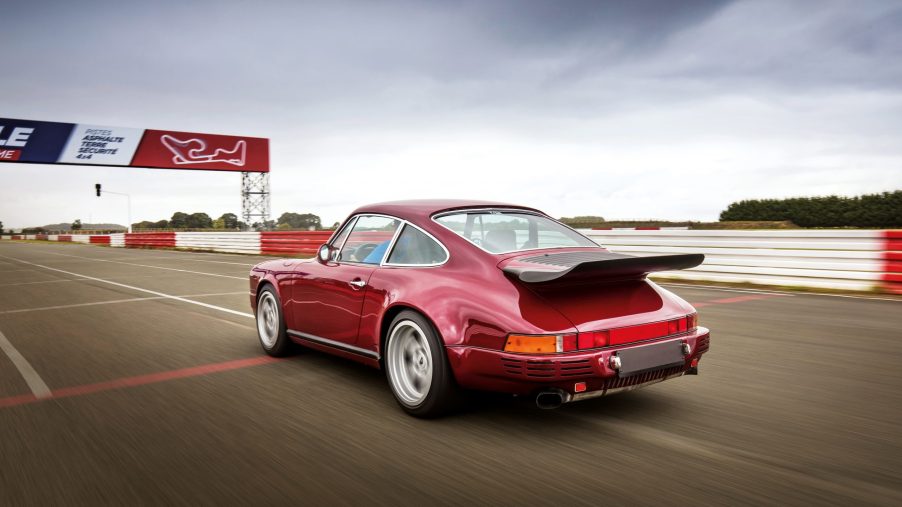
Want To Race Your Car? Here’s How To Get It Track Day Ready
So you’ve got the need for speed? It happens to everyone, you’re on the highway and want to pretend you’re in some motorsporting event. And it doesn’t matter what you drive either, the temptation to floor it happens in the most tricked-out race cars and the cheapest of beaters. So if you just can’t fight the feeling anymore, then it’s time to get your and your car ready for a day on the track.
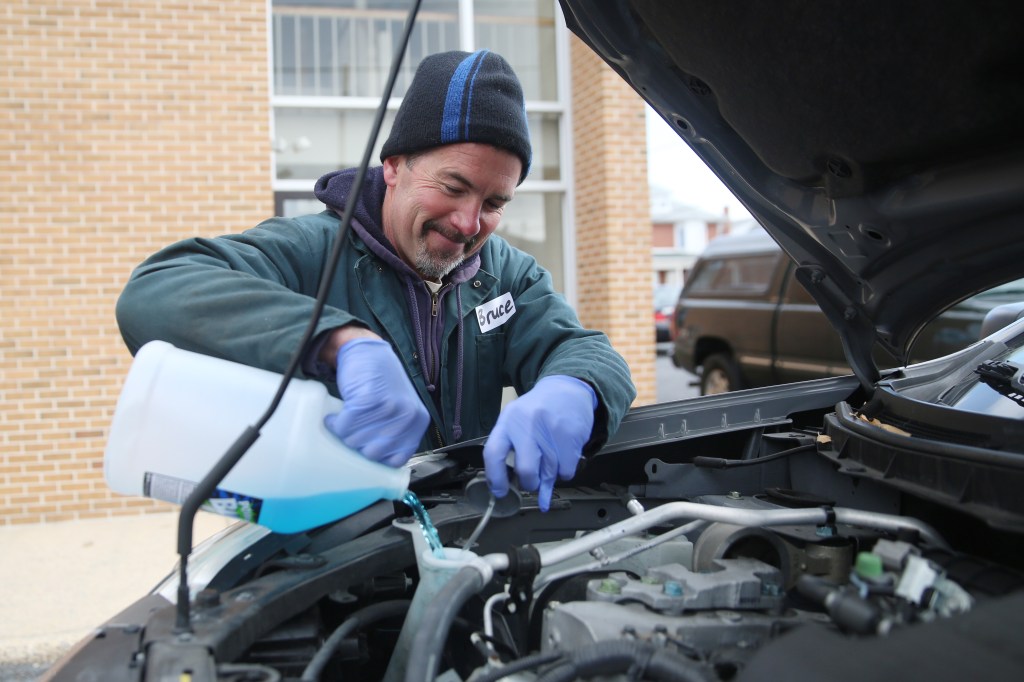
Maintain and prep your car to be race-ready
If you’re seriously considering racing your own car, chances are you’re confident you could fix it if it’s broken. Let’s make one thing clear: it’s very possible for things to go wrong. Track day insurance will certainly help cover costs, but if that car is your daily it could be costly. That said, there are a few basic things you can do, or have done, to make sure your car is up to speed.
Most obviously, make sure your oil has been changed and your coolant is filled. Engines work hard when they’re being gassed around the track, so be sure all the fluids are fresh and ready to go. Besides that, and any other basic maintenance you’d like to perform, there are only two key parts you’ll want to swap: your tires and your brakes/brake fluid.
Consumer Reports prefered tires
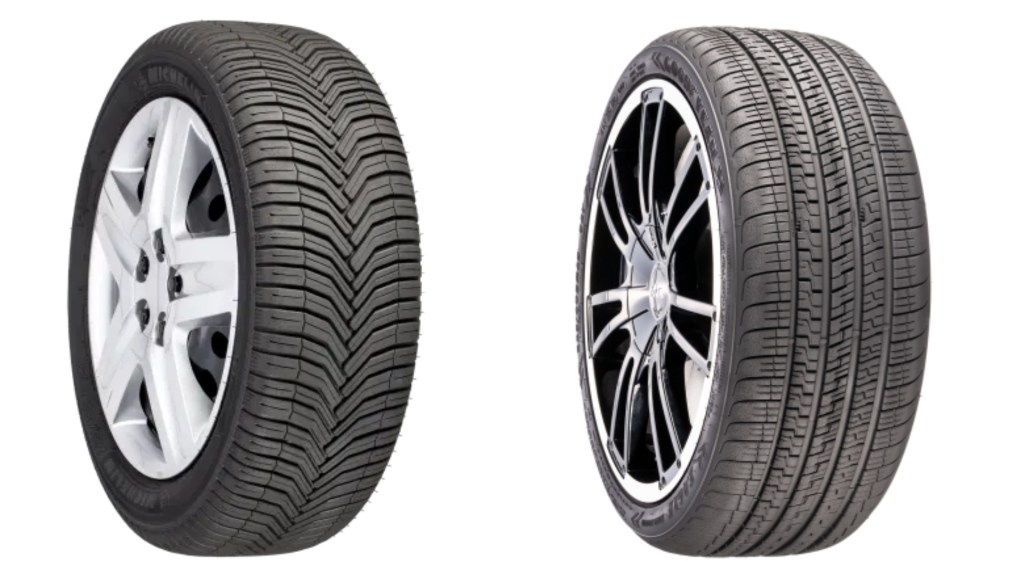
The type of tires you choose will depend on how you use the car. If this car is dedicated to the track and is only driven/trailered to and from events, you can splurge on performance-oriented tires. Consumer Reports recommends Goodyear Eagle Exhilarate tires. However, if you drive your car on a daily basis, you’ll want tires that aren’t as stiff and can handle regular driving. For that, Consumer Reports recommends a set of Michelin Crossclimate+ tires. There’s more research you’ll want to do depending on what you’re looking for and the budget you have, but don’t skimp on good tires.
Brakes and brake fluid
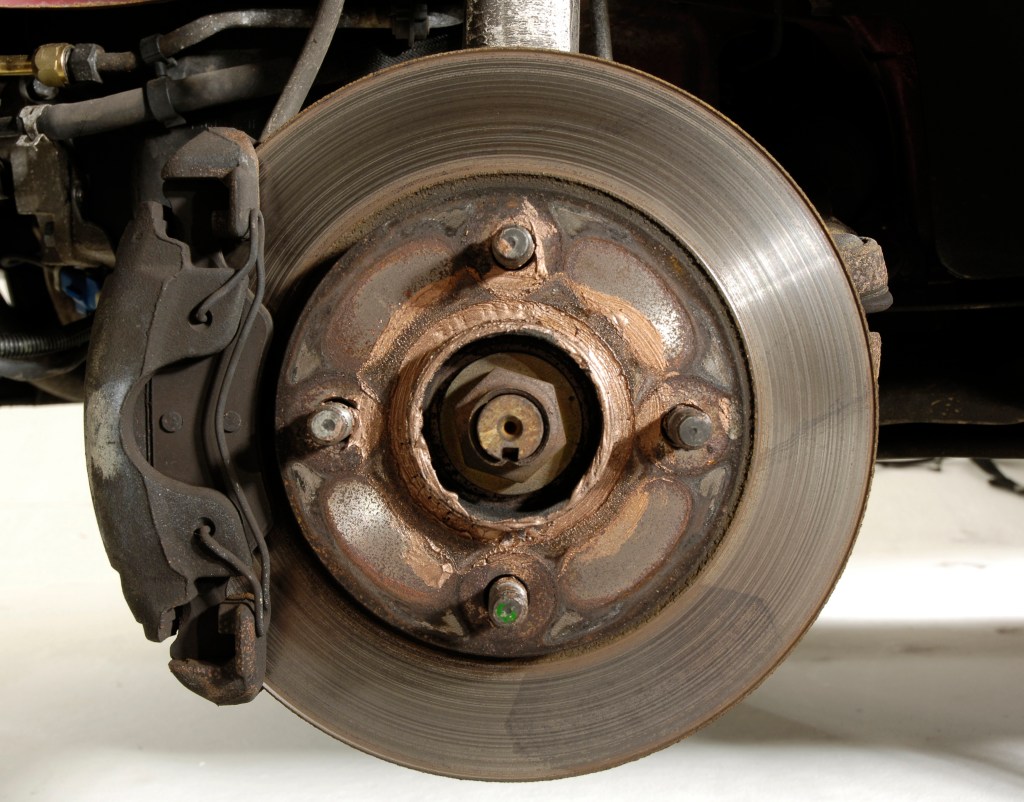
Then there are the brakes, which is where prepping the car gets complicated. If your car has drum brakes, you’d want to consider swapping them with disc brakes, as they’re better equipped to handle the track. However, if your car comes with just disc brakes, you’re starting off strong. Stock discs are often fine, though you could replace them with slotted or drilled discs for added performance. What needs to be swapped are the brake pads, which have to handle higher temperatures and last for heavier brake loads. Your stock pads might be able to do that, but only once or twice, so it’s best to look into alternatives.
Regardless, you’ll want put new brake pads and discs on before you go racing. And you’ll have to swap out your brake fluid too. DOT 3 is typically in most new cars, but you’ll want to flush that out and replace it with DOT 4 fluid for track use. It doesn’t last as long, but it can handle higher temperatures (since braking generates heat). The last thing you want is for your brake fluid to start boiling.
What racing gear do you need?
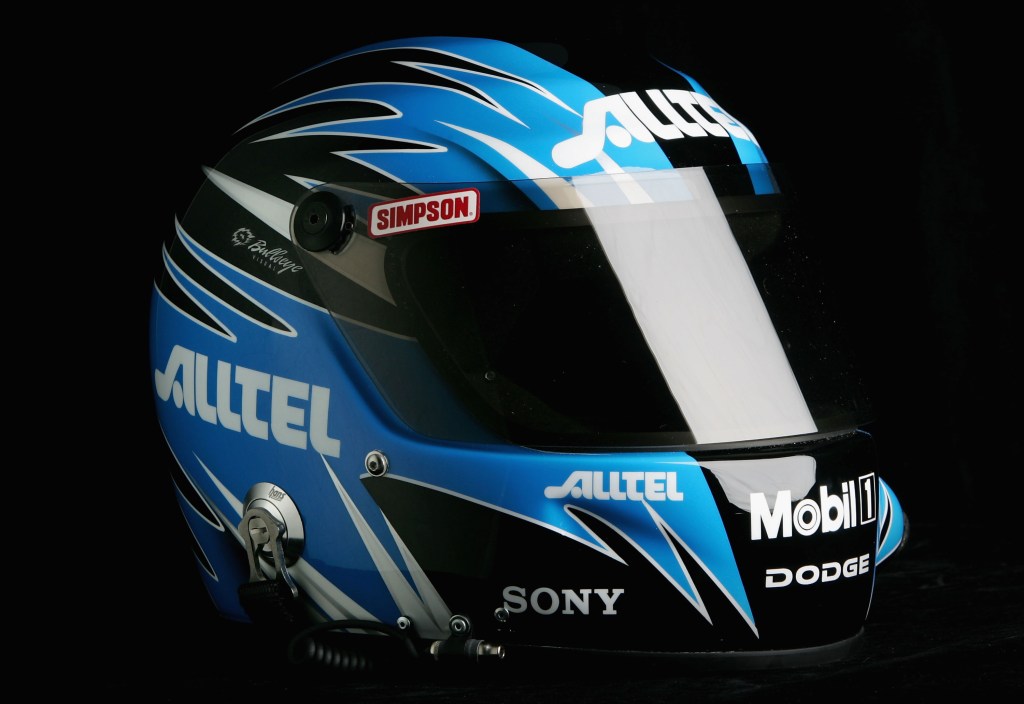
As you can see, it’s expensive to race. But unfortunately, the expenses don’t stop there. Now that your car is ready, it’s time to get you ready. There’s only one big thing you’ll need if you want to do basic track days: a helmet. It sounds simple, but it’s not, as there are many different kinds of helmets to choose from.
Each helmet is rated based on how safe they are. Motorcycle helmets, for instance, are DOT (Department of Transportation) certified. That means you can wear them while riding a motorbike, but that doesn’t always get you into track events. The safest route is to buy an SA (Special Application) helmet, specifically designed for motorsports and track days.
Classifying an SA helmet looks confusing, but isn’t all that complicated. Every 5 years, the minimum regulations for an SA helmet change. I’m writing this article in the year 2021, and the helmet I own is an SA2020 (the most up-to-date version). Venues will usually accept a helmet that’s within 10 years of the most recent certification. So I could roll up with an SA2010 helmet instead. If I were you, however, I’d stick with getting the most recent helmet available. It’ll cost a bit more money, but it’ll last you more races and keep that noggin of yours safe.
Alright, the car is prepped, you’re ready, now all you need is a track.
Where can you race?

You’ve been spending a lot of money to get your car ready for the track, so nobody would blame you if you don’t want to spend hundreds of dollars to race now. That’s where autocross comes in. For around $40 to $80 dollars you can roll up and take a spin around a closed course. They’re usually held in empty parking lots or on airfields, and they’re often very short, with each driver getting one or two runs per day. But it’s the most affordable option, and they happen almost everywhere.
If you’re willing to spend some more money, however, you can participate in a track day. Track days are different because they take place on an actual track, hence the name. They’ll cost anywhere from $100 to $300 a day, but it’s literally all day. Sessions can last 10 minutes a piece or they can last hours, and if you live anywhere near a big race track, chances are they host them.
So now you see just how expensive track days are. But ask anyone who frequently does them, whether they have a race car or not, and they’ll tell you it’s worth every penny. Sure, risking your own car on the tarmac is nerve-racking, but when it all goes right, participating in a track day is some of the most fun you can have with an automobile.


